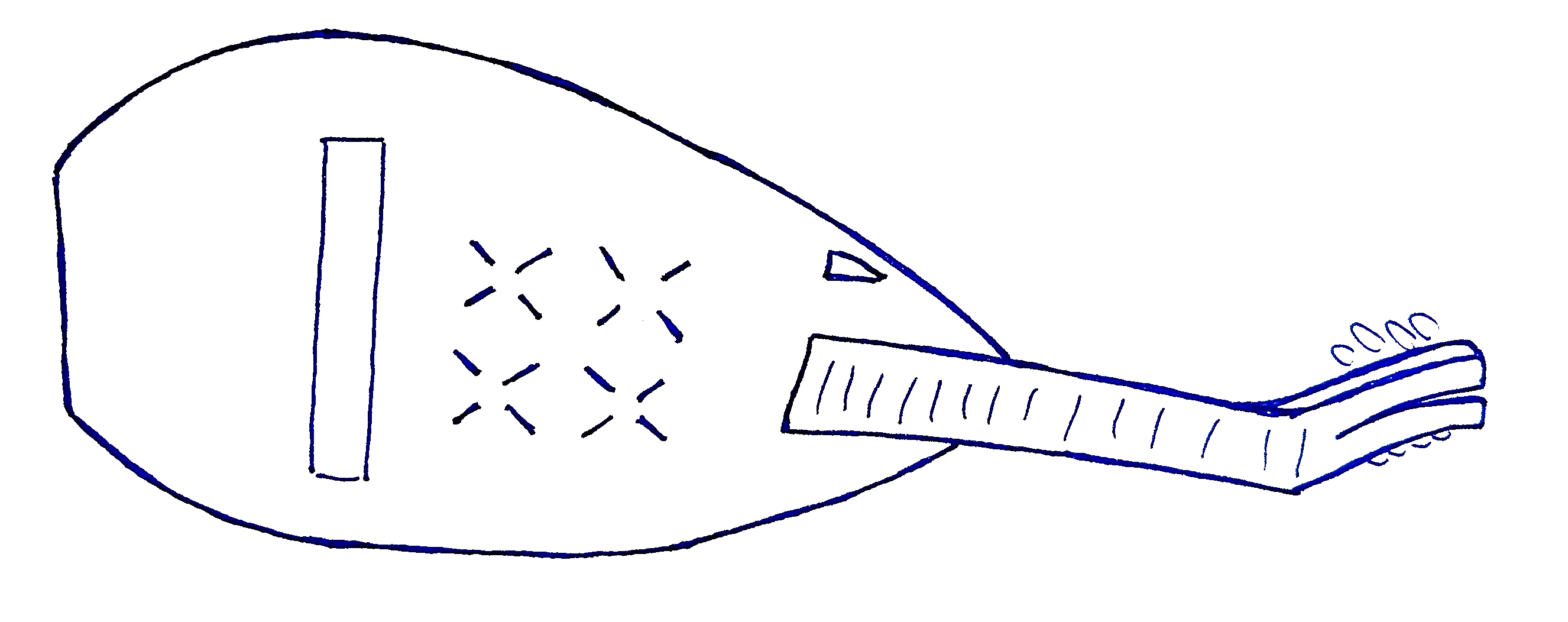

ABOUT
Born into a musical family, Balder grew up in the Netherlands but was steeped in eastern European music from a young age. He studied Romanian music with cimbalom master Giani Lincan, as well as, after moving to California in 2008, music from the Balkans with Rumen Sali Shopov.
Currently, Balder splits his time between Amsterdam and the San Francisco bay area, and performs with various local groups (Shasta Power Trio, Yeraz Ensemble, Orchestra Euphonos, ...) and international (Trio Dulce Amar and Trio Czinka Panna).
This website is about Balder's musical life. Outside of music, Balder is a computer scientist.

Specialty instruments



Cimbalom: a traditional instrument in Hungaria, Romania and Moldova (and neighboring countries), is a large hammered dulcimer. Played with mallets, it has a distinct percussive sound, while at the same time offering a wonderfully rich and deep tone. In traditional Romanian dance music, the cimbalom is a core part of the rhythm section of the band, as shown in the sample to the right of this paragraph.
Moldovan (fretted) cobza is a folk instrument that is tuned in fifths like a violin or mandolin but one octave down. It can be seen in Moldova as an accompaniment instrument, especially in etno revival bands. This instrument is somewhat related to the Ukrainian domra and different from the Romanian fretless cobza or the Hungarian kobuz. Historically the cobza can be seen as a predecessor of the cimbalom (cimbalom accompaniment styles in Romanian music typically include rhythmic patterns played by the left hand that imitate the cobza, while, at the same time, the right hand performs bass lines and both hand together imitate the bratch). However, modern cobza players have turned the tables by adopting more sophisticated styles of playing where the cobza imitates the full cimbalom, as seen in performances by amazing contemporary players such as Sergiu Diaconu. The sample here illustrates the same point, to my own limited capability (and the melody instrument is a violin with octave strings).
Romanian pan flute: the pan flute is an instrument has been shared between many cultures. Documented history of pan flute in Romania goes back to at least the 16th century. A revival was seen in the first half of the 20th century, under the influence of Fanica Luca, the famous panflute player who had performed at the world exhibitions of 1937 (Paris) and 1939 (New York). This further accelerated from the 70s, with many great players such as Gheorghe Zamfir, Damian Luca, Simion Stanciu, Nicolae Pirvu and others. The Romanian pan flute is constructed diatonically, but flats can be played by rotating the instrument, enabling a full chromatic range. In the sample here, I play a Moldovan tune on the pan flute, accompanied by myself.
More examples of these instruments can be found on my new album Lifelines (2021), which will be released very soon.


